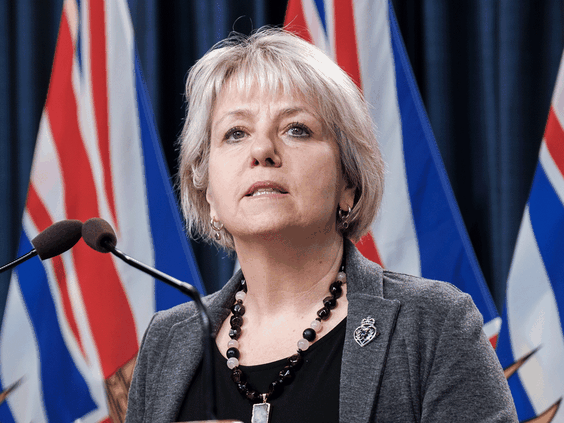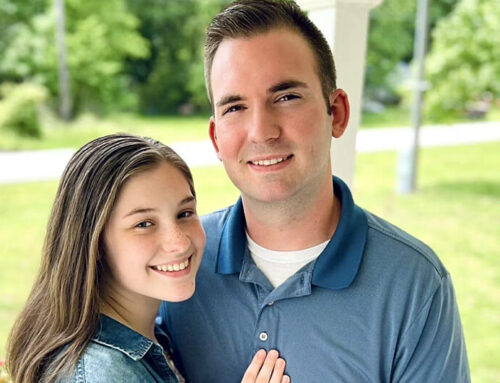Published: January 31, 2022
-National Post
The overarching goal of Freedom Convoy 2022 was for the federal government to declare the immediate lifting of all COVID-19 mandates across Canada.
It was, at root, a politically unrealistic demand, given that most mandates are imposed at the provincial level. But there is nevertheless a growing chorus of politicians and health experts now saying that it’s time for Canada to officially abandon extraordinary COVID-19 measures and “learn to live with” the virus.
“We have let our lives be controlled for the last two years in a significant amount of fear and now we are going to have to change some of that thinking,” Ontario’s top doctor Kieran Moore said in a public address last Thursday.
Moore added, “we can’t eliminate this threat, in fact, we have to learn to live with it.”
Eileen de Villa, medical officer of health for the City of Toronto, similarly said last Friday that residents should gird themselves for a future in which COVID-19 is managed like influenza.
“Some flu seasons are worse than others. We know it has impact on our health-care system, and yes, it does make a number of people sick, unfortunately, and yes, unfortunately some people do lose their lives to it,” she said, adding that Canadians must nevertheless “find ways of balancing other activities of life along with the control measures.”
The statements all point to Canada eventually treating COVID-19 as an “endemic” disease: A virus that is always present within the Canadian population, but can be controlled and contained without overly disrupting civil society.
One of the more notable Canadian endemic diseases is tuberculosis. At one time, the respiratory illness was the number one killer in Canada. Most notoriously, unchecked TB outbreaks were one of the reasons that Indian Residential Schools had such high student death rates.
Tuberculosis is still around, but it’s mostly kept in check through a combination of treatment and contact tracing.
In recent months, epidemiologists have been increasingly of the view that the endgame to the COVID-19 pandemic would be the disease retreating into the background as an endemic illness. While viruses such as smallpox and polio can be stamped out through aggressive vaccination, COVID-19 is simply too infectious to be eliminated entirely.
“I think many experts believe that so-called herd immunity may not be achievable with this virus because it undergoes constant evolution. So what you’re looking at is this endemic state where people will get reinfected over time as immunity wanes,” chief public health officer Theresa Tam told a House of Commons health committee in mid-January.
At a public health level, the push to declare COVID-19 an endemic disease has been most apparent in British Columbia.
In the early days of the pandemic, B.C. Provincial Health Officer Bonnie Henry was one of the most aggressive at locking down civil society in order to stop the virus’ spread. Some of her orders regarding long-term care homes have been credited with avoiding much of the carnage seen in Ontario and Quebec.
Now, Henry is leading the charge to have COVID-19 treated more like the flu. On Jan. 21, Henry announced a significant drawdown on quarantine measures, and effectively asked anybody with COVID-like symptoms to simply stay home until they felt better.
British Columbians “have to change our way of thinking” and get used to a reality wherein COVID-19 is treated “much like how we manage other respiratory illnesses — influenza … or enteroviruses that cause the common cold,” said Henry.
Alberta and Saskatchewan followed soon after. On Jan 24., even as COVID-19 hospitalization peaked across Saskatchewan, Premier Scott Moe said his government would not be meeting the surge with new restrictions.
“It’s going to remain an ongoing concern for all of us, but we live with other diseases in our communities and province that are also ongoing concerns,” he said.
The pandemic is still here but … we now dare to believe that we are through the critical phase
Across Europe, COVID-19 strictures are already being lifted en masse by countries whose experience of the disease has been very similar to that of Canada.
Last week, Denmark announced that COVID-19 no longer posed an extraordinary threat to society , and that officials would be lifting all pandemic measures effective Jan. 31.
Denmark’s vaccination rate is comparable to that of Canada. The Nordic country also hasn’t shied away from extremely strict lockdowns in earlier phases of the pandemic. Just before Christmas, Copenhagen responded to the arrival of the Omicron variant by shuttering bars early and closing schools and workplaces.
But Denmark’s 180-degree turn on COVID-19 was driven largely by numbers showing that Omicron cases were surging to unprecedented levels without anywhere near the levels of death and hospitalization seen in earlier waves of the disease.
“The pandemic is still here but with what we know, we now dare to believe that we are through the critical phase,” Danish Prime Minister Mette Frederiksen said last week.
Spain, Ireland, the U.K., France and Germany, among others, have similarly seen their public health establishments signal a shift into the “endemic” phase of COVID-19.
German Health Minister Karl Lauterbach, a trained epidemiologist, recently said that as soon as Omicron cases began to ebb, it would be “correct” for Germans to imagine the return of normal public life.




